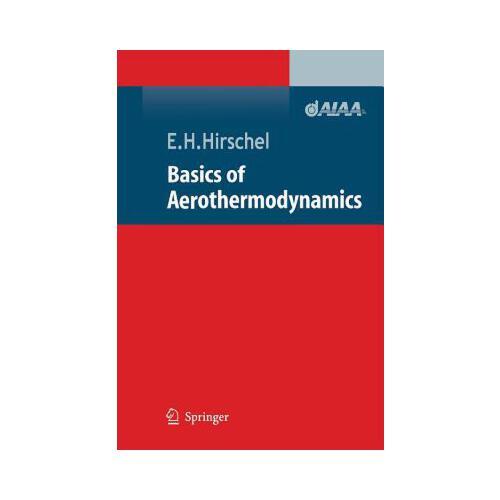Basics of Aerothermodynamics
- 作者
- 出版社 Springer
- 出版时间 2010年12月
- ISBN 9783642060502
内容简介
Thelasttwodecadeshavebroughttwoimportantdevelopmentsforaeroth-modynamics.Oneisthatairbreathinghypersonicflightbecamethetopicoftechnologyprogrammesandextendedsystemstudies.Theotheristheemergenceandmaturingofthediscretenumericalmethodsofaerodyn-ics/aerothermodynamicscomplementarytotheground-simulationfacilities,withtheparallelenormousgrowthofcomputerpower.Airbreathinghypersonicflightvehiclesare,incontrasttoaeroassistedre-entryvehicles,dragsensitive.Theyhave,further,highlyintegratedliftandpropulsionsystems.ThismeansthatviscouseflFects,likeboundary-layerdevelopment,laminar-turbulenttransition,toacertaindegreealsostronginteractionphenomena,aremuchmoreimportantforsuchvehiclesthanforre-entryvehicles.Thisholdsalsoforthethermalstateofthesurfaceandthermalsurfaceeffects,concerningviscousandthermo-chemicalphenomena(moreimportantforre-entryvehicles)atandnearthewall.Thediscretenumericalmethodsofaerodynamics/aerothermodynamicspermitnow-whatwastwentyyearsagonotimaginable-thesimulationofhighspeedflowspastrealflightvehicleconfigurationswiththermo-chemicalandviscouseffects,thedescriptionofthelatterbeingstillhandicappedbyin-sufficientflow-physicsmodels.Thebenefitsofnumericalsimulationforflightvehicledesignareenormous:muchimprovedaerodynamicshapedefinitionandoptimization,provisionofaccurateandreliableaerodynamicdata,andhighlyaccuratedeterminationofthermalandmechanicalloads.Trulymul-disciplinarydesignandoptimizationmethodsregardingthelayoutofthermalprotectionsystems,allkindsofaero-servoelasticityproblemsoftheairframe,etcetera,beginnowtoemerge.,
目录
— END —
